Sales have never lived up to expectation for the Ford F-150 Lightning, one of the market’s first all-electric pickups. The automaker idled production last month due to a shortage of aluminum and officials there reportedly are considering whether to scrap the nameplate entirely. Headlight.News has more.
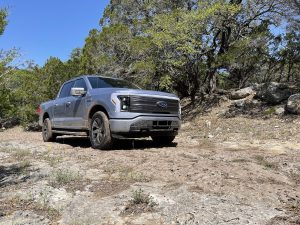
Ford’s Lightning outsold the Tesla Cybertruck by a wide margin this year – but has still fallen well short of expectations.
Last month, Ford put on hold production of the F-150 Lightning, one of several vehicles put on hold due to a shortage of sheet aluminum caused by a fire at a key supplier. Officials warned they also may be forced to idle production at a plant in Dearborn, Michigan where other F-150 models are produced if it can’t increase supplies of the metal.
Now, however, company officials are reportedly “in active discussions” as to whether to bring Lightning production back up when the issue is resolved due to low sales and high costs.
Sales of the all-electric truck have never come close to the capacity Ford had geared up for, plunging the program deeply into the red. And, with EV sales already in a sharp slide following the phase-out of federal tax credits, few expect that situation to improve.
Good reviews…
“The Lightning does most things better than the regular F-150,” said Sam Abuelsamid, principal analyst with Telemetry Research, reflecting the numerous accolades the electric pickup has won since its launch three years ago. Among its many awards, it was name North American Truck of the Year.
But despite delivering up to 320 miles of range, depending upon the battery pack option and trim level. Critics have complained, however, that the numbers can drop as much as 40% in extremely cold weather or when towing large trailers that increase aerodynamic drag. That has become an issue with all full-size EV pickups, said Abuelsamid – though he points our that gas-powered trucks suffer reductions in fuel economy in the cold and while towing.
That has prompted backlash among potential buyers as those who purchase full-size pickups are far more likely to tow than owners of most other vehicle classes.
…Weak sales

Ford CEO Jim Farley was originally optimistic about the Lightning he was seen here sitting in. He and other officials are now debating the truck’s future.
The good news is that Lightning sales set a record during the third quarter of this year, Ford delivering 10,005 of the pickups, a 39.7% year-over-year increase. That made it the best-selling all-electric pickup in the market, Tesla reporting deliveries of just 5,385 of its Cybertrucks and General Motors selling only 3,940 Silverado EVs.
All those third-quarter numbers were inflated, however, by the surge in consumer interest leading up to the phase-out of federal EV tax credits, totaling up to $7,500, on September 30. For the first nine months of the year, Ford sold a total of just 23,034 Lightnings and fourth-quarter numbers are expected to be sharply down, with industry experts anticipating the current slump in sales of all-electric models will continue into 2026 and beyond.
At the current rate, even with weak results during the final three months of the year, Lightning is expected to exceed the automaker’s original target, the Ford Rouge Electric Vehicle Center in Dearborn, Michigan first tooled to produce about 25,000 of the EV trucks annually. Part of the problem is that Ford planners over-reacted to the initial surge of advance reservations, retooling the facility to assemble as many as six times more of the pickups. As happened with the Tesla Cybertruck, only a small number of those early orders actually translated into purchases.
More EV News
- As EV Sales Crash, Kia “Temporarily” Delays Launch of EV4
- Weak EV Demand Slams Industry’s October Sales Numbers
- Automakers Roll Out Deals to Prop Up EV Sales
Pulling the plug
Ford not only expanded operations at the Rouge facility – which sits adjacent to a factory producing conventional F-150s – it also announced plans to set up an even bigger assembly line near Memphis. Dubbed Blue Oval City, it was set to become the biggest manufacturing in the company’s history and plans called for building the next-generation Lightning and possibly a smaller truck there.
While Blue Oval City construction is essentially complete, Ford in August said it would delay producing batteries at the site until 2027, with vehicle assembly delayed until 2028. Now, if a report in the Wall Street Journal proves accurate, senior Ford officials are ”in active discussions” which could lead them to end production of the current truck and may not move ahead with final work on its planned replacement which was well underway.
Ford representatives would not comment on future product plans. But comments made by COO Kumar Galhotra on October 23 raised concerns about the EVs future. At the time he noted Lightning production was being halted due to the shortage of aluminum caused by a fire at a major sheet metal supplier. The concern was that other, gas-powered versions of the truck would likely also need to be idled.
“We’re 100% focused on the F-150 and covering as much as possible. The plant is right there next to DTP and so whenever we’re ready, we’ll get the Lightning back up,” Galhotra said.
No surprise
“I can’t say I’m surprised” by reports Lightning production may end, said Abuelsamid. It’s not just weak demand, he explained, but the high manufacturing costs that have run up big losses since production began in 2022.
Ford, like the rest of the auto industry, has suffered significant increases in the cost of key materials used in EV batteries over the last several years. They were initially driven up by the war in Ukraine, though the various tariffs enacted by Pres. Donald Trump have further complicated matters. China, a key source of several critical minerals, has further raised costs and limited some supplies.
It didn’t help, added Abuelsamid, that, in its bid to be first in the EV pickup segment, Ford failed to “optimize…components” of Lightning, instead carrying over componentry from the gas-powered F-150 line. “That made the vehicle much more costly to produce than it could have been.” As a result, he believes, “It’s not surprise if they would decide to cut their losses and kill it right now.”
If Ford does end Lightning production the truck wouldn’t be the first EV truck to vanish from showrooms. The list already includes the pickup introduced by short-lived Lordstown Motors, as well as a design that really never got going from Canoo, another failed EV start-up. More recently, Stellantis pulled the plug on the battery-powered version of its Ram 1500 model – though it is getting ready to launch an extended-range version outfitted with a gas engine that will serve as a generator, providing current even when the truck’s battery pack runs down.
One big question is whether Tesla will kill off Cybertruck. The highly touted truck reportedly received more than 1 million advance reservations when it was first unveiled. But sales have been even slower than that of the Lightning, resulting in large unsold inventories building up and several temporary halts to production.

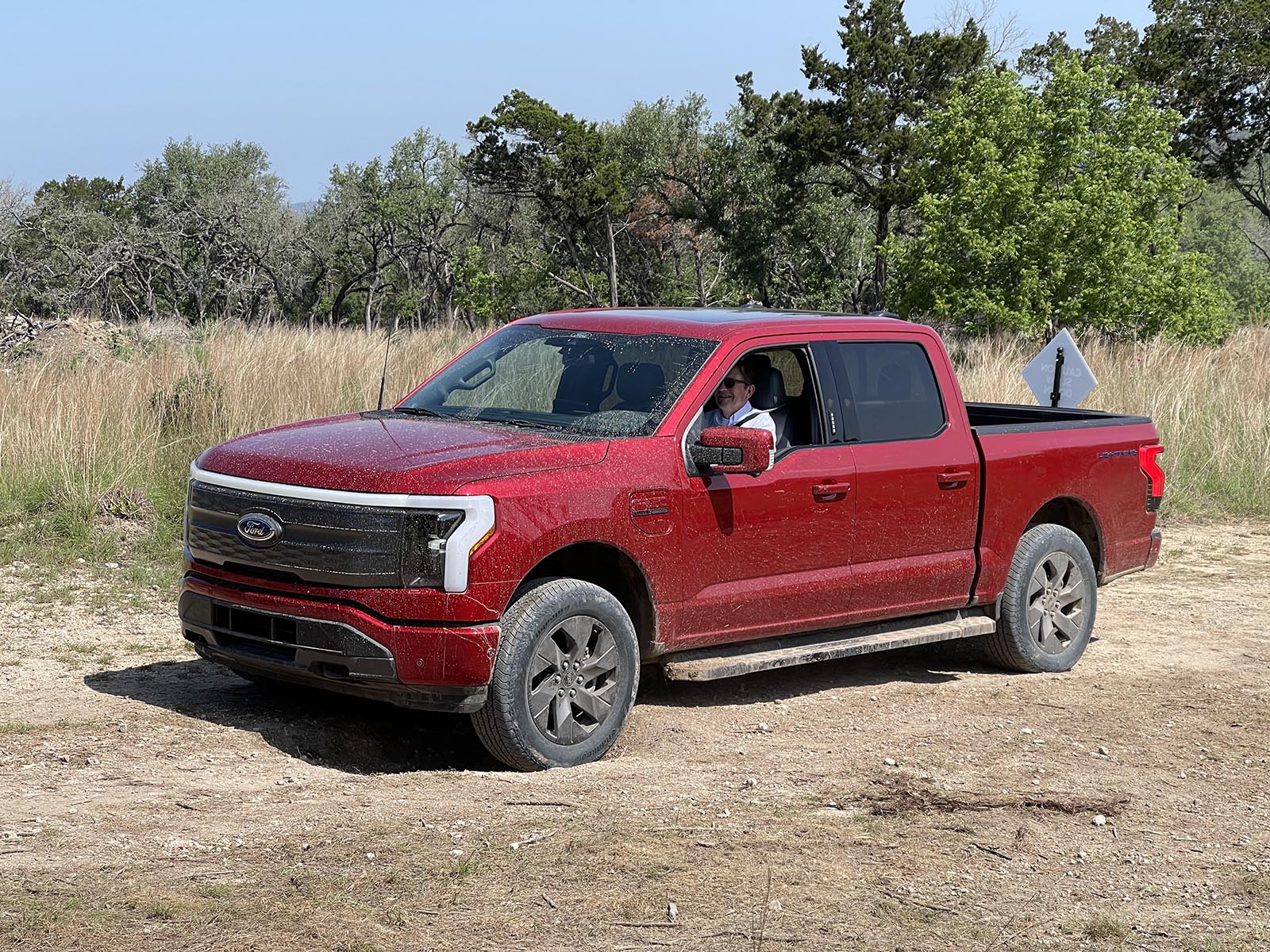


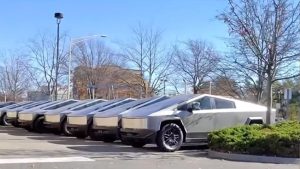

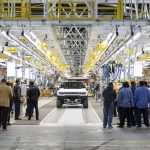
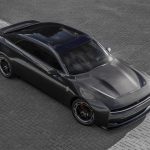
0 Comments